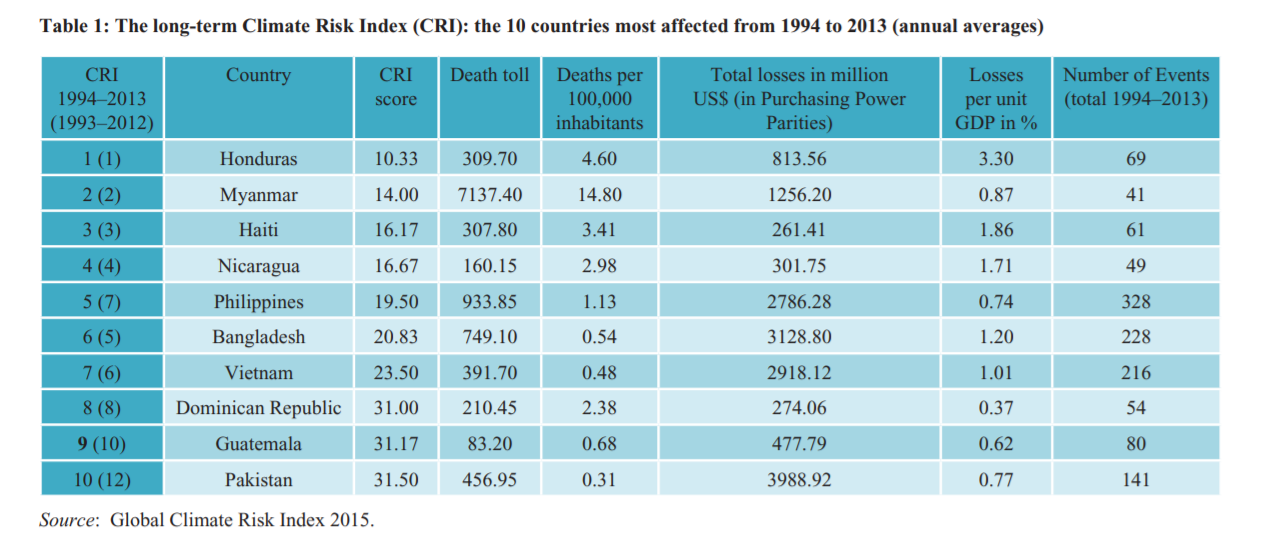Climate Change and Global Environmental Politics: North-South Divide
Md. Kamal Uddin*
University of Chittagong, Department of International Relations, Chittagong, Bangladesh
*Corresponding author: kamalir@cu.ac.bd
EPL, Vol.47, Iss.3-4, pp.106-114, 2019

